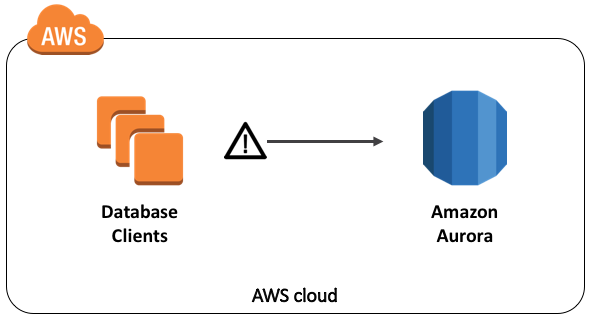AWS Architecture Blog
Amazon Aurora MySQL DBA Handbook – Connection Management
Amazon Aurora MySQL (Aurora MySQL) is a managed relational database engine, wire-compatible with MySQL 5.6. Most of the drivers, connectors, and tools that you currently use with MySQL can be used with Aurora MySQL with little or no change.

Aurora MySQL database (DB) clusters provide advanced features such as:
- One primary instance that supports read and write operations and up to 15 Aurora Replicas that support read-only operations, and can be automatically promoted to the primary role if the current primary instance fails
- A cluster endpoint that automatically follows the primary instance in case of failover
- A reader endpoint that includes all Aurora Replicas and is automatically updated when Aurora Replicas are added or removed
- Internal server connection pooling and thread multiplexing for improved scalability
- Near-instantaneous database restarts and crash recovery
- Access to near-real-time cluster metadata that allows application developers to build “smart drivers,” connecting directly to individual instances based on their read-write or read-only role
Client-side components that are not well configured (applications, drivers, connectors, proxies) may be unable to react to recovery actions and DB cluster topology changes, or the reaction may be delayed, contributing to unexpected downtime and performance issues. In order to prevent that and make the most of Aurora MySQL features, database administrators (DBAs) and application developers are encouraged to implement best practices.
You can read more about these best practices in the recently-published Amazon Aurora MySQL DBA Handbook – Connection Management whitepaper.